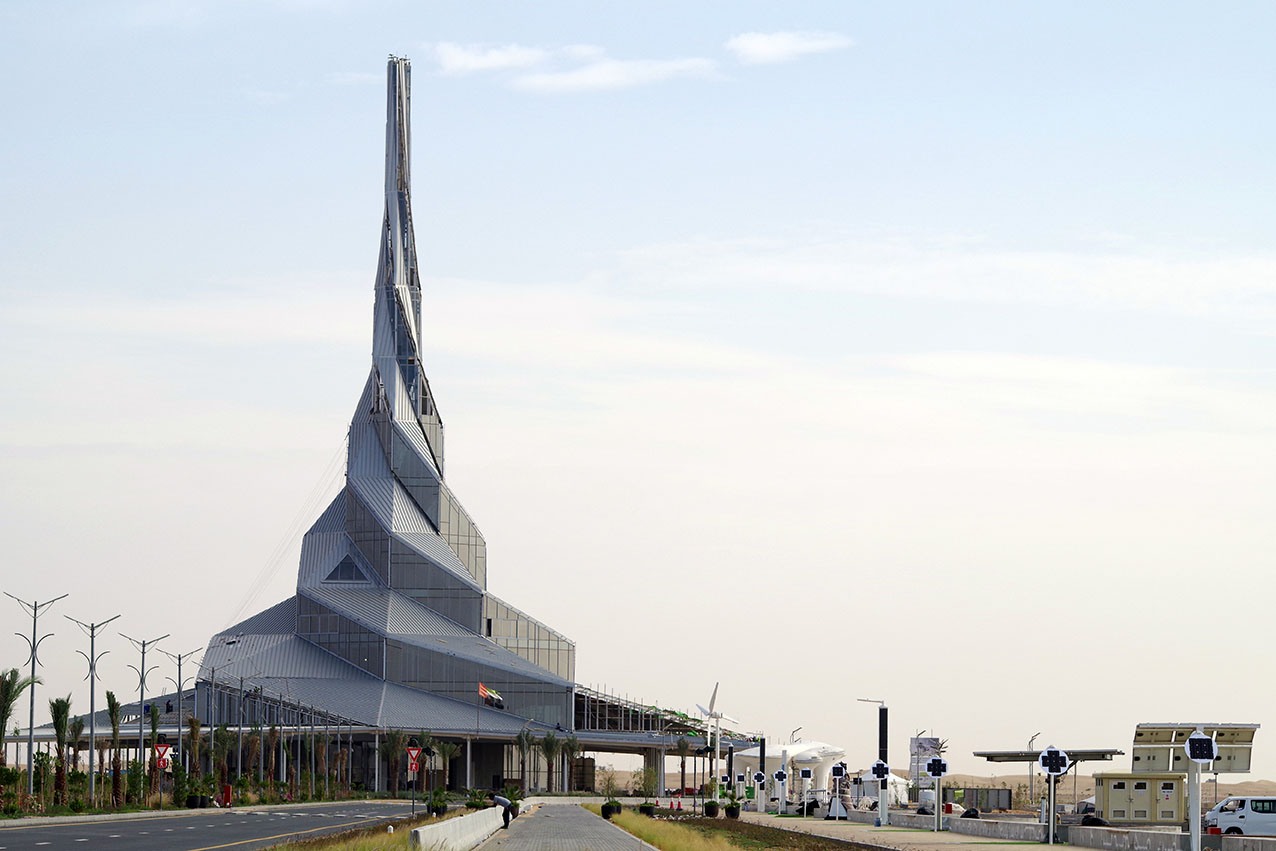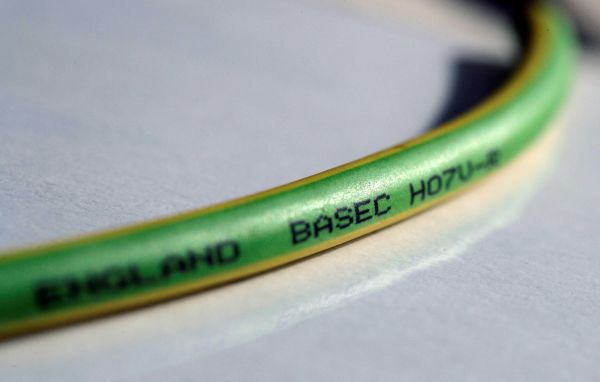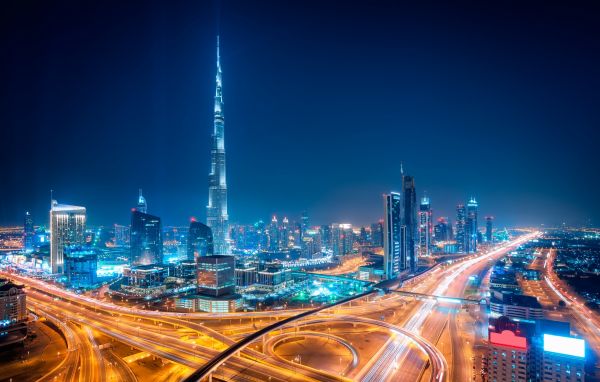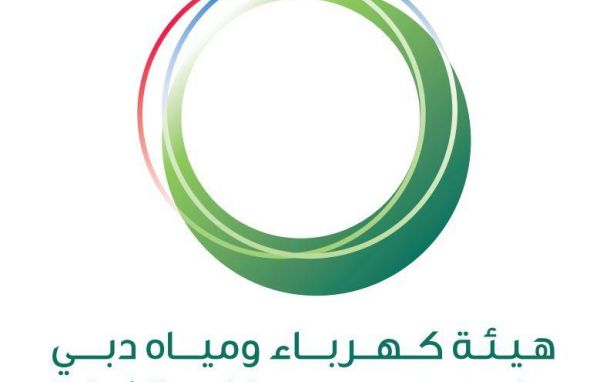Regional Insights MENA: Industry Snapshot and Related Cable Considerations
As the MENA countries are seeking to diversify their economies, newer technologies among industries are progressively being prioritised and various countries are competing to grow - attracting multiple international companies and building the regional businesses. As a result, the cable product demand is becoming increasingly critical towards the growth of these industries. Read about the various industries such as power transmission and distribution, renewable solar energy, construction, and oil and gas industries and the importance of specifying third party approved cables to ensure quality and cable safety from our Regional Technical Manager for MENA.
Current trends in the cable industry for the MENA region and the importance given to cable testing and third party approved cables
The MENA region is expected to gain momentum during the next few years on account of the surge in the construction activities, growing electricity generation from renewable sources along with rapidly increasing power demand and development of transmission and distribution infrastructure. Additionally, the government initiatives such as 'Qatar National Vision 2030', 'Saudi Vision 2030', 'UAE Vision 2030', and 'Bahrain Economic Vision 2030' would give a remarkable thrust to the development of the non-oil economy and smart cities, thereby driving the wires and cables market in the region.
Regional manufacturers are introducing new developmental products for various applications or sectors such as solar cables, nuclear cables, marine cables, special oil and gas industry cables, etc. However, when it comes to cable testing or approved cables, the cable manufacturers are driven by market specification for certification, product approval, type testing or conformity assessment. Only few manufacturers are proactive when it comes to the manufacturing process audit and testing by third party for quality assurance.
Independent cable testing from a third party is asked in majority of projects. Only a few specifiers including consultants, project owners and utilities are aware of the importance of approved cables for continuous quality and sustainability rather than just one time type tested cables. BASEC recognises this and is playing a major role in creating awareness, as we believe in quality cables being used in the market. It is essential for specifiers to recognise the need for specifying third-party approved cables in project specifications for all types of cables over type testing.
Sourcing and specifying cable that have been independently approved by a third party and display the mark of the chosen testing partner, such as BASEC, provides peace of mind that it has undergone the necessary stringent testing and certification processes in line with safety requirements. It is a mark of recognition that stands for quality, clarity and impartiality, to assure those specifying cables that the product is fit for purpose.
To discuss how third-party certification of cables can benefit your business, please contact the BASEC team today.


 Labours Laying Cables for Distribution Network in MENA
Labours Laying Cables for Distribution Network in MENA DEWA Solar Innovation - Mohammed bin Rashid Al Maktoum Solar Park
DEWA Solar Innovation - Mohammed bin Rashid Al Maktoum Solar Park

